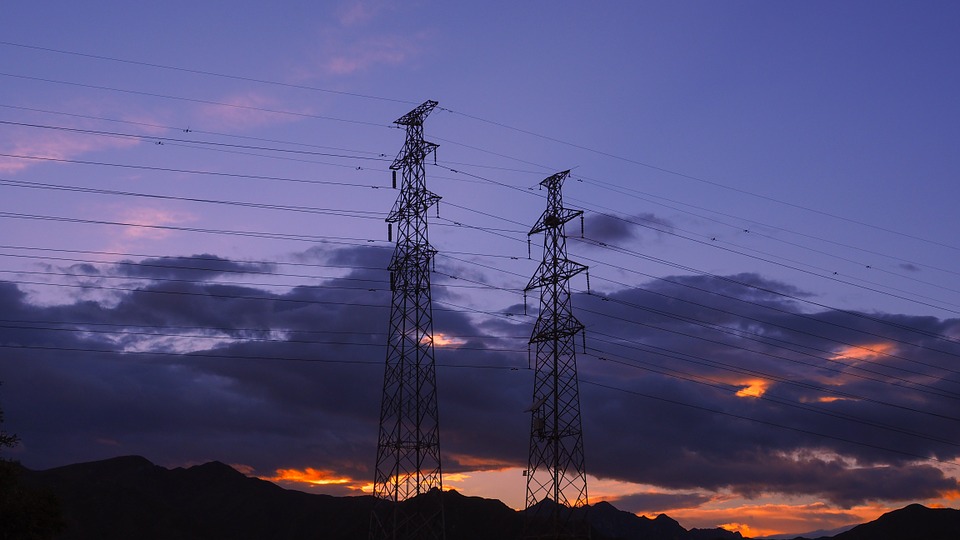In the frame of the integration of national energy markets, European institutions show a willingness to encourage the harmonization and the liberalization of the EU internal energy market. To do so, the interconnection of the national electricity grids is a tremendous lever that give energy market players numerous opportunities, with several advantages for the end user. The advantages of a Single Energy Market are divided into several aspects
The advantages of a Single Energy Market
In the first instance, the creation of a common network between the different Transmission System Operators (TSOs), in charge of the energy transportation management of each country, insures the safety and the stability of the energy transportation national networks. In case of demand peaks, or of punctual energy generation decreases, the market connections allow transnational exchanges.
Beyond the insurance of providing a lower final cost and securing a stable network, the interconnection of national distribution networks allows the diversification of energy generation sources. In particular, this makes possible a larger renewable energy development, creating fluctuating and “fatal” energy (especially solar and wind energies). The “surface effect” is correlated with the national grid interconnection.
Energy exchanges favourable for renewables
The energy exchanges are done through the EPEX SPOT market. It is the biggest spot market in Europe, and connects the national grids of Germany, France, Switzerland, Austria, Belgium, the Netherlands and Luxembourg for the intraday auctions. The Day-ahead market also connects Italy, Portugal Spain, the UK, Nordic and Baltic countries.
Eventually, the implementation of a Single Energy Market in Europe will be a major asset for the development of a more renewable-oriented energy mix. The potentials of each country in terms of renewable energy sources are diversified (more wind energy in Northern Europe, more solar energy in South-East countries, more hydro power plants in mountain regions…). The growth of international energy exchanges will multiply the synergies between countries, and enable the development solar energy’s full potential.
Solar energy production forecasting provides valuable information that enable the prediction of international energy exchanges and the price of energy on the market. Reuniwatt’s Country Forecast offers energy market players the ability to forecast the amount of solar energy produced within a country, from a few minutes in advance to several days ahead. It is available for every country in Europe.
